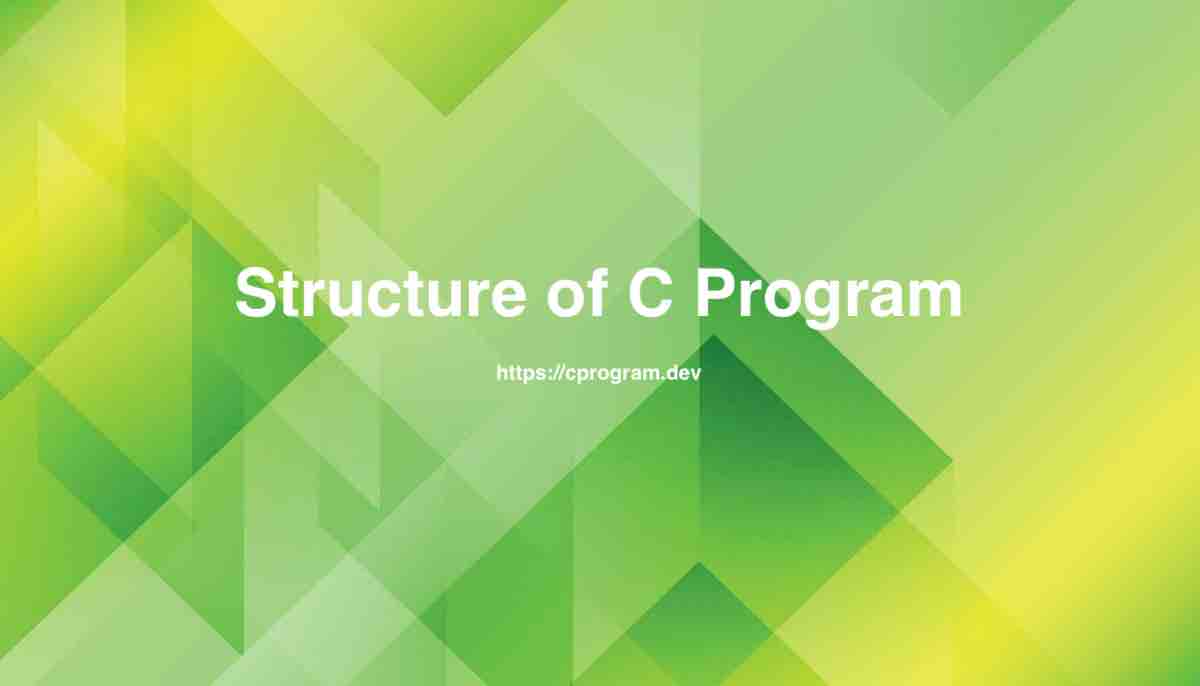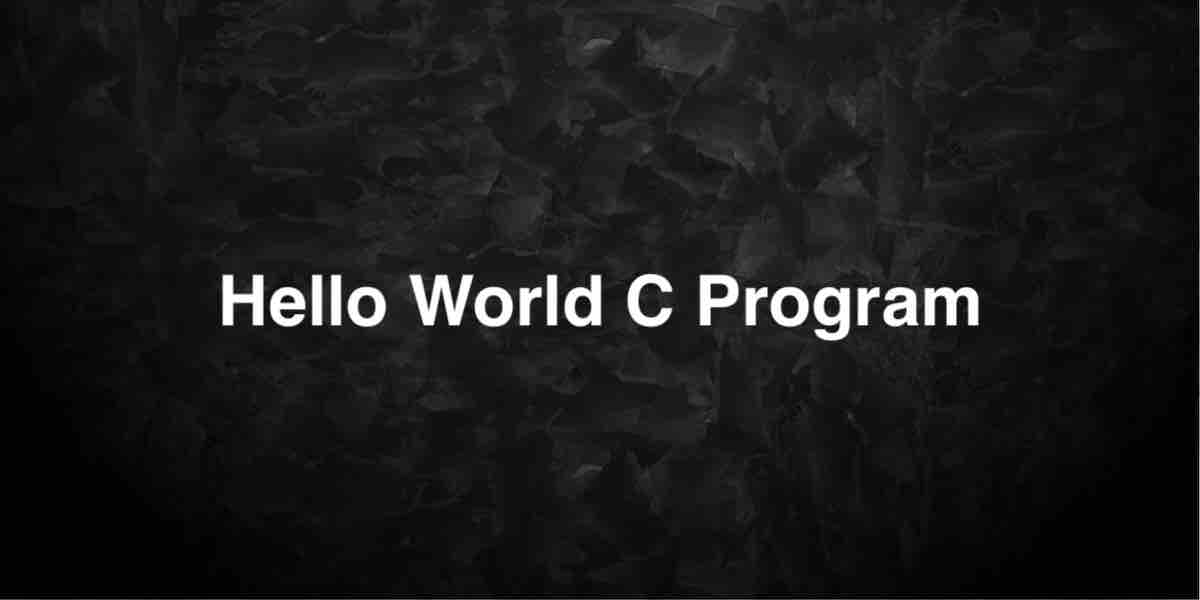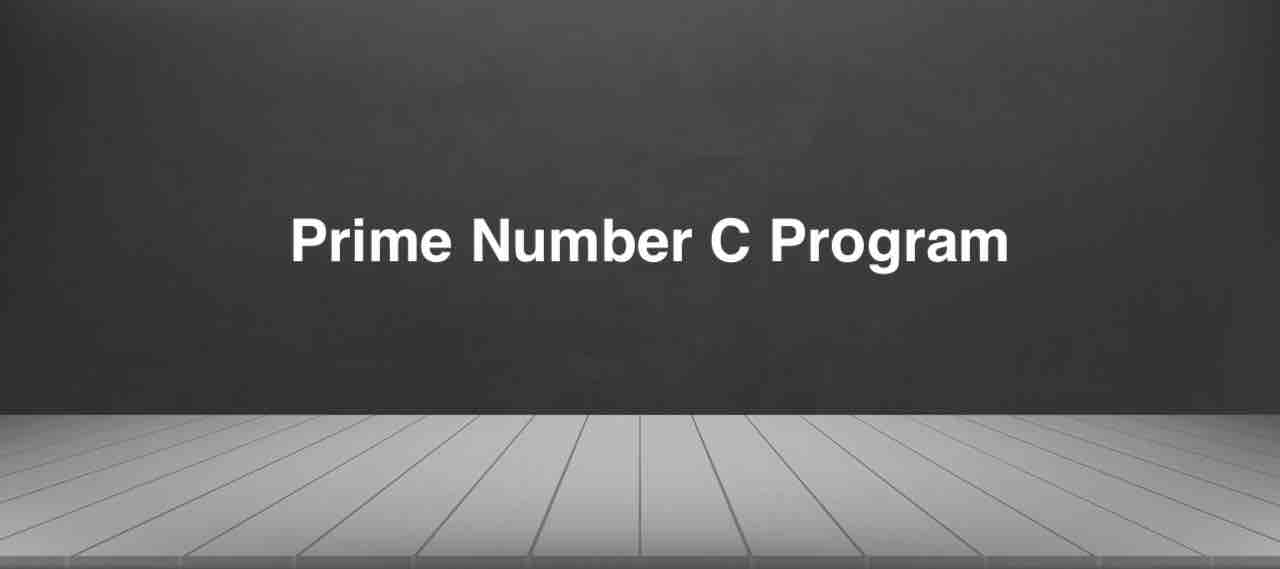2 – Understanding Data Storage – Variables, Constants, Type Conversion and Type Casting
Everything that we see around us, has some data associated with it. We as a humans, store every data in our memory (may be in brain or mind or somewhere). That’s how we remember and we are able to understand the things when we see the next time. Example 1:Image if we loose our memory … Read more




